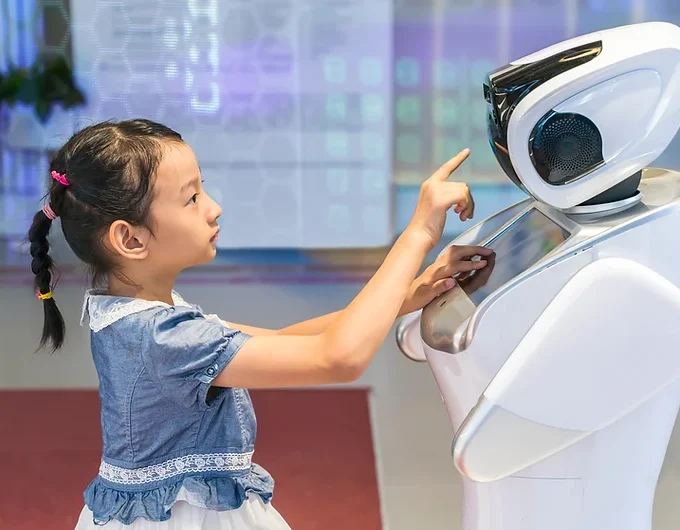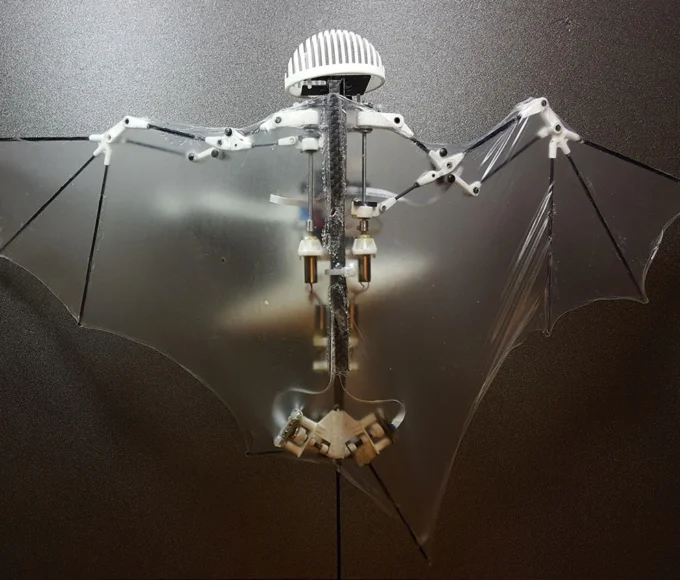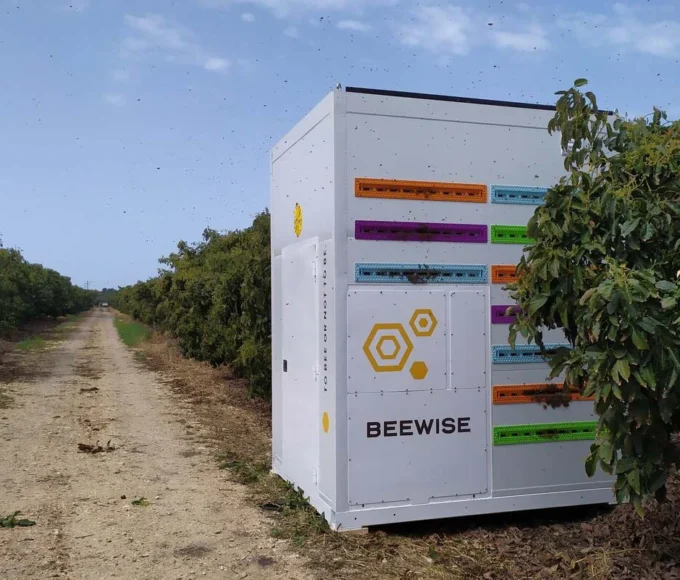When it comes to sewage cleaning and waste management, we’re no strangers to the difficulties and risks involved. However, thanks to the emergence of robotics and automation, we’re witnessing a remarkable shift in how we approach these critical tasks. Robots are now taking on a pivotal role in sewage cleaning, offering us better efficiency, safety, and a more eco-friendly approach.
The Challenges We Face in Sewage Cleaning
Sewage systems are intricate networks responsible for transporting both household and industrial wastewater to treatment facilities. Cleaning and maintaining these systems are essential to avoid clogs, overflows, and the release of harmful substances into our waterways. In the past, sewage cleaning was labour-intensive and hazardous, often requiring brave individuals to enter confined spaces, putting their health at risk and subjecting them to harsh working conditions. Moreover, manual cleaning methods led to inefficiencies and increased downtime.
Embracing Robotic Solutions
The integration of robotics into sewage cleaning has ushered in a new era of efficiency, safety, and precision. Here are some exciting ways in which robots are revolutionizing the sewage cleaning process:
Remote Inspection and Monitoring: Robots equipped with advanced sensors and cameras are now able to navigate through sewage pipes and tunnels to provide real-time visual assessments. This means we can identify issues like blockages, rust, or leaks without the need for human intervention.
Automated Cleaning Operations: Imagine robots that can independently clean sewage pipes using techniques like high-pressure water jetting or mechanical scraping. These robots efficiently remove debris and buildup, restoring proper flow and preventing clogs.
Mastering Diverse Environments: Sewage systems often wind through tight corners and various pipe sizes. Ingenious robots have been designed to handle these complex terrains, ensuring thorough cleaning and maintenance.
Reducing Health Risks: By relying on robots, we significantly decrease the need for people to venture into dangerous spaces, minimizing exposure to toxic gases, pathogens, and other harmful elements.
Unleashing the Power of Data: As robots perform cleaning and inspections, they gather invaluable data. This data can be analyzed to gain insights into the condition of sewage systems, allowing us to take proactive steps in maintenance and targeted repairs.
Protecting Our Environment: With robots preventing clogs and reducing the chances of sewage spills, we’re safeguarding our water bodies and ecosystems from pollution.
Advantages and a Glimpse into the Future
The incorporation of robotics into sewage cleaning offers an array of benefits for both the waste management sector and society as a whole:
Enhanced Safety: Robots eliminate or significantly reduce the need for human exposure to risky environments, ensuring the safety and well-being of workers.
Greater Efficiency: The automated cleaning processes carried out by robots are not only more efficient but also more accurate, resulting in reduced downtime and operational expenses.
Championing the Environment: Robotic sewage cleaning plays a vital role in preventing pollution and protecting aquatic ecosystems by maintaining optimal sewage flow and minimizing the risk of overflows.
A Hub of Innovation: The development of robotic technologies for sewage cleaning encourages innovation in engineering, AI, sensors, and other fields, paving the way for advancements that can benefit various industries.
Sustainable Infrastructure: Regular and efficient cleaning extends the lifespan of sewage systems, reducing the need for costly repairs and replacements. This contributes to the overall sustainability of urban infrastructure.
Startup in this domain:
Genrobotic Innovations: Genrobotic Innovations has gained attention for its innovative robots designed to clean sewage systems. The startup’s robot, “Bandicoot,” is capable of remotely cleaning manholes, thereby eliminating the need for human entry into hazardous spaces. Genrobotic aims to improve sanitation workers’ safety and well-being while enhancing the efficiency of sewage cleaning operations.
With technology’s ongoing evolution, the future of robotics in sewage cleaning is brimming with potential. As AI, sensor technology, and materials science continue to progress, we can expect even more advanced and capable robotic systems, further optimizing waste management processes and minimizing the ecological impact of sewage systems.
The integration of robotics into sewage cleaning marks a remarkable leap forward in waste management practices. These cutting-edge technologies not only enhance worker safety and operational efficiency but also make a significant contribution to environmental preservation.
By embracing the possibilities offered by robotics, the sewage cleaning industry is demonstrating how technology can address complex challenges, leading us toward a more sustainable future.
















Leave a comment